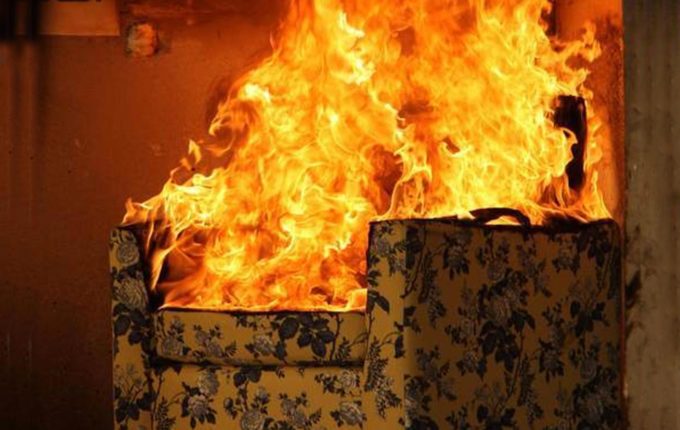
Flame retardants do not enhance chronic toxicity hazards in fires, study says
Submitted by:
Andrew Warmington
A new study led by Dr Thomas G. Osimitz has concluded that smoke from the combustion of flame-retarded furnishings did not enhance potential chronic toxicity hazards, including cancer. Campaigners have repeatedly claimed that flame retardants in home furnishings and electronics increase the toxicity of smoke produced during combustion in house fires, thus putting firefighters at risk of major long-term health problems.
The study used short-term, cell-based bioassays to analyse the potential chronic toxicity of smoke from the combustion of flame retardant and non-flame retardant furnishings. These measured an array of gene responses associated with increased chronic toxicity hazards and did not find any.
‘Evaluation of Potential Toxicity of Smoke from Controlled Burns of Furnished Rooms — Effect of Flame Retardancy’ was published in the Journal of Toxicology and Environmental Health, Part A. The work was part-funded by the Flame Retardant Alliance (NAFRA), part of the American Chemistry Council (ACC), but ACC said that NAFRA had no control of the experimental design, the results reported or where the paper was submitted for publication.
